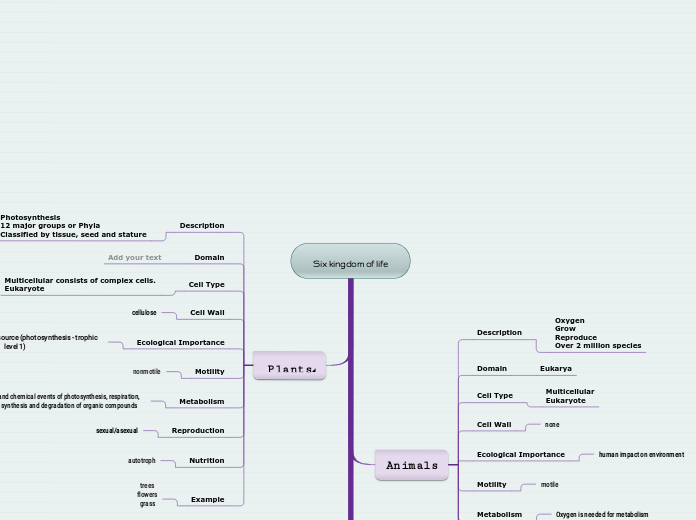arabera Shweta karki 2 years ago
110
Six kingdom of life
Living organisms are classified into six kingdoms, with Eubacteria, Plants, and Protists showcasing diverse characteristics. Eubacteria are unicellular prokaryotes found everywhere except extreme environments.









